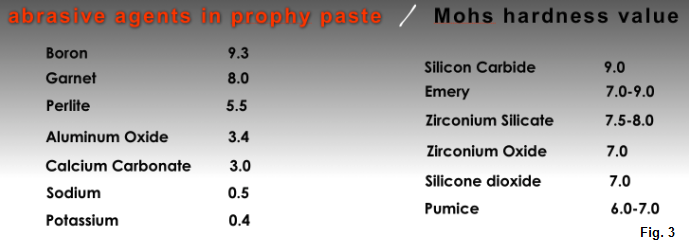The Impact From the Hygiene Operatory on Composite Restorations: Part I
By Greggory Kinzer on January 8, 2015 | 0 comments
As clinicians, we spend a considerable amount of time placing composite restorations that strive to re-create a natural surface texture and polish. (Figure 1) We know from the literature that numerous factors have the potential to degrade the composite surface over time, but have you ever stopped to think about how the things we do in our own practices affect the composite surface – specifically in the hygiene operatory? 1
Hygiene and Composite Restorations
Ideally, we would like the hygienist to remove plaque, calculus, stain and biofilm while not harming the surface of restorative materials or tooth structure. However, the negative impact that prophy paste can have on different dental surfaces can be quite remarkable. This is especially true when it comes to composite restorations. It has been shown that ALL products with the ability to remove stain cause some surface roughness of the restoration. With 70 to 80 percent of the prophy paste sold being coarse or extra coarse, the negative impact can be significant. However, it is not just the coarseness of the prophy paste that is damaging. The effect of a prophy on the tooth/restoration is multi-factorial and depends on:
- The weight/pressure of the handpiece
- The duration of the polish
- The speed of the handpiece
- The shape particle size of the abrasive agent
In order for a surface to be polished, the abrasive agent must be harder than the surface it is polishing. For an idea on the interaction of prophy pastes and dental materials it is helpful to observe the Mohs hardness values of dental tissues and dental materials in comparison to the values of some of the abrasive agents in prophy paste. (Figures 2-3)


In an upcoming post, I will present some options that can be used in the hygiene room that can help the surface of our restorations rather than degrade them.
(Click this link to read more dentistry articles by Dr. Gregg Kinzer.)
Gregg Kinzer, D.D.S., M.S., Spear Faculty and Contributing Author
References
- Polishing and toothbrushing alters the surface roughness and gloss of composite resins. Kamonkhantikul K. Dental Materials Journal 2014; 33(5): 599–606